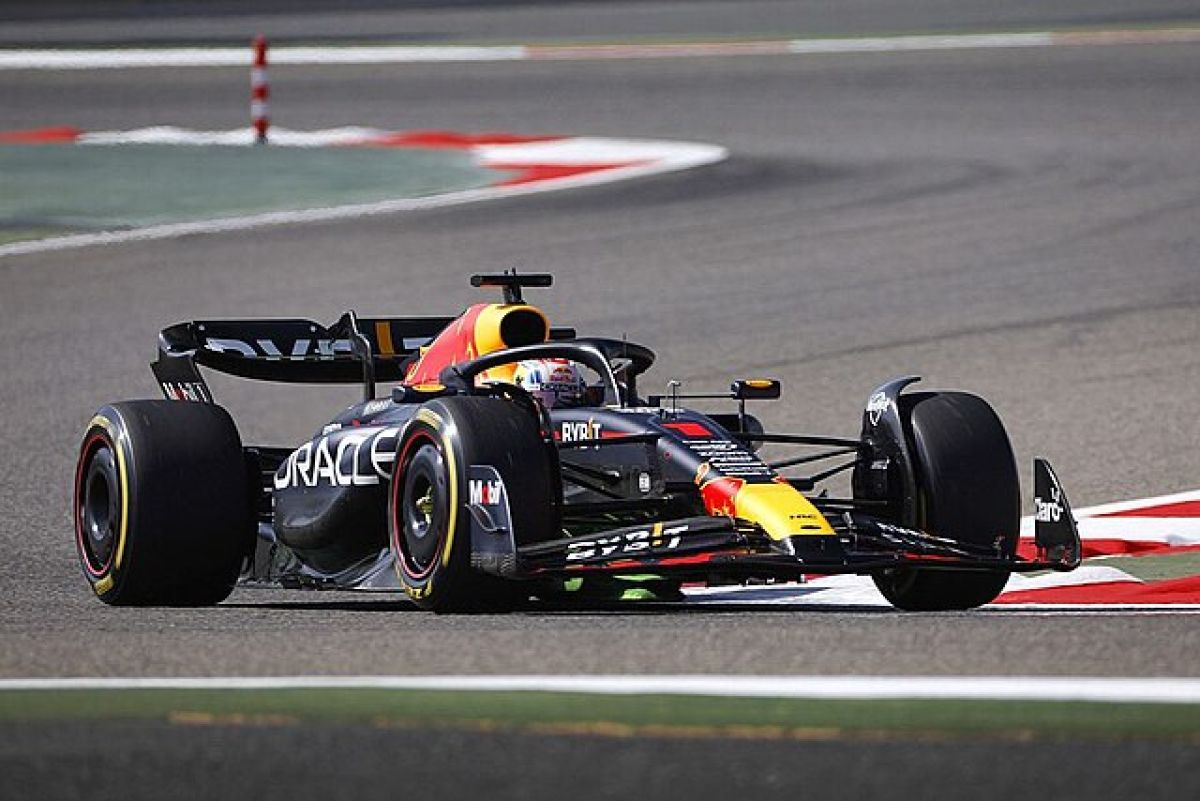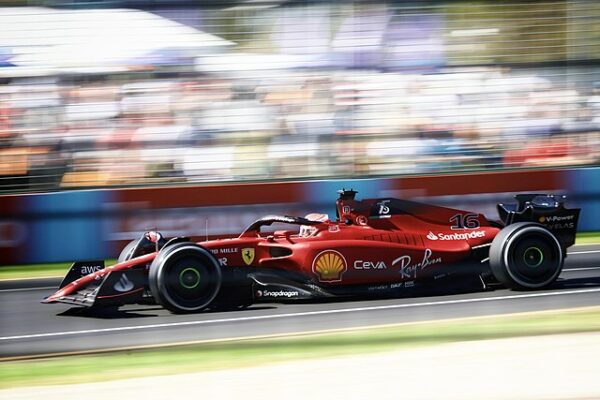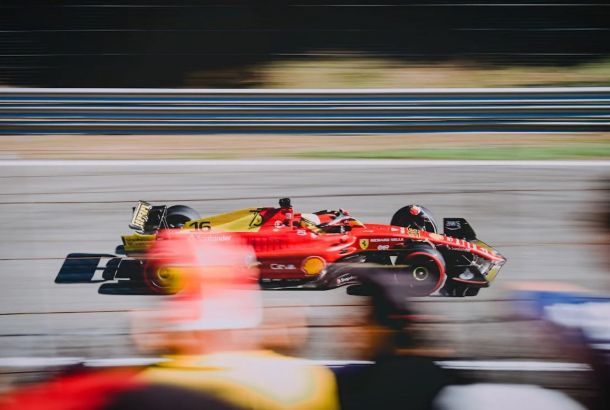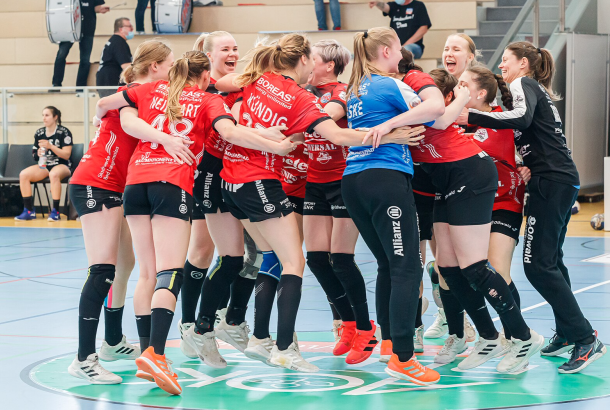Why have Red Bull been so dominant, and what does this dominance mean for Formula 1?
By zakkpreston

Red Bull Racing continued their dominance of Formula 1 which began at the tail-end of the 2022 campaign at the 2023 Miami Grand Prix. The team won all the races so far this season, split between their two drivers, two-time World Champion Max Verstappen, and Sergio Perez. They have also finished one-two in all the races of the season bar in Australia where Perez had to make his way through the field after an incident in qualifying. As a result, Red Bull are replicating the dominance of Mercedes seen during the sport most notably between 2014 and 2016 and in 2019 and 2020. But what does this mean for Formula 1?
This dominance has not necessarily come as a shock to fans, however, as Red Bull were previously the fastest team, often by a large margin between 2010 and 2013, before falling off slightly during Mercedes’ dominance, although remaining competitive. While Red Bull have clearly returned to dominance, this dominance can also be attributed to the downfall of their rivals over the past ten or so years, Ferrari and Mercedes. This is to the point that Aston Martin, who finished seventh in the constructors’ championship last season, are now second with multiple podium finishes under their belt.

While both Ferrari and Mercedes won races last season, they have faced numerous issues that have held them back from being the best team. Ferrari were initially believed to be the team to beat at the beginning of last season, although reliability and communication problems led to them slipping into a distant second behind Red Bull, continuing a trend that has been the case for the Scuderia since their last championship win in 2008.
Perhaps the most surprising was the poor form of Mercedes compared to their high standards over the past ten or so years, as their car concept and slower engine meant they could not compete at the top with Red Bull. Both teams have stagnated and failed to capitalise on Red Bull’s slightly reduced funding deduction due to cost cap breaches in 2021 which they hoped would make them closer to Red Bull. However, the opposite has occurred.
Neither team currently show any sign of a resurgence to the front of the field, although later season car upgrades may aid them in doing so. Mercedes’ next upgrades are due at the next race in Imola, the first of two races in Italy this season. Although, Ferrari’s upgrades in Miami appeared to be of little effect as both cars finished outside the podium places for the fourth time out of the first five races this season.
While dominance of the sport can often be great to witness in one way as it shows how good a team is to the point where they can win virtually almost every race, there are often drawbacks to dominance in Formula 1. When teams have dominated in the past, the media have virtually ignored their cars during the race as they are so far in front and have instead focussed on the battle for second or the final podium place, as it is often more exciting from a racing perspective.
While F1 is thriving currently, having seen no real decline in viewing figures, a close championship battle often helps the spectacle of the sport and does attract more viewers in some cases. The viewing figures that the 2021 Abu Dhabi championship climax between Verstappen and Lewis Hamilton which ended in dramatic, yet controversial circumstances is perhaps the most recent example of this, reaching nearly 109 million viewers according to F1 themselves. All we can do is stand back and watch how it all pans out.







